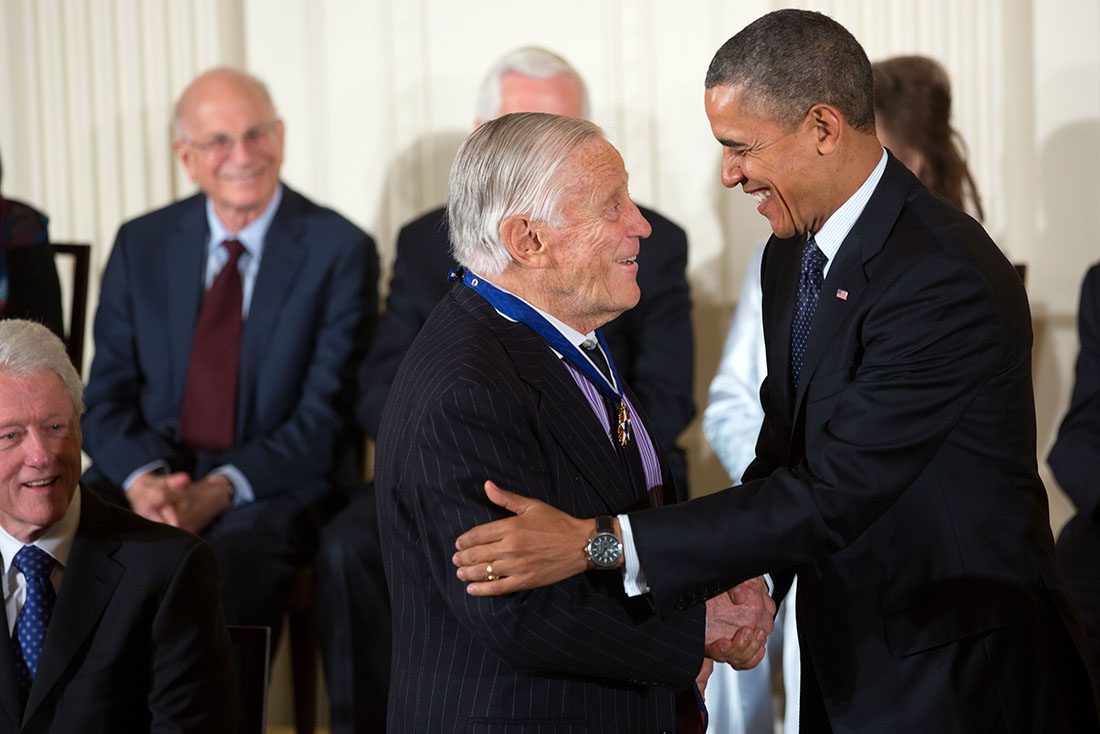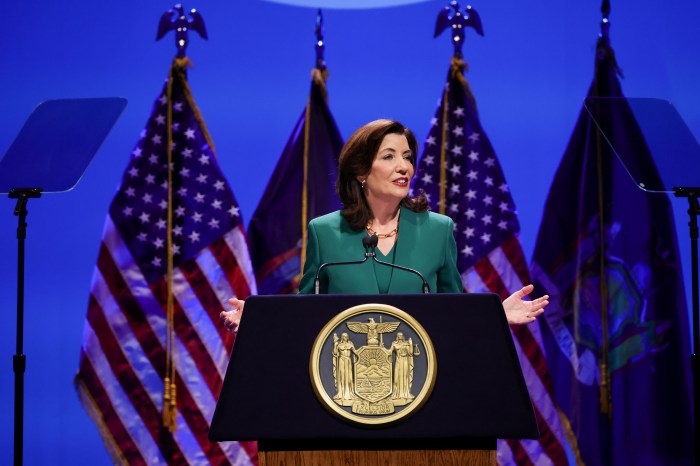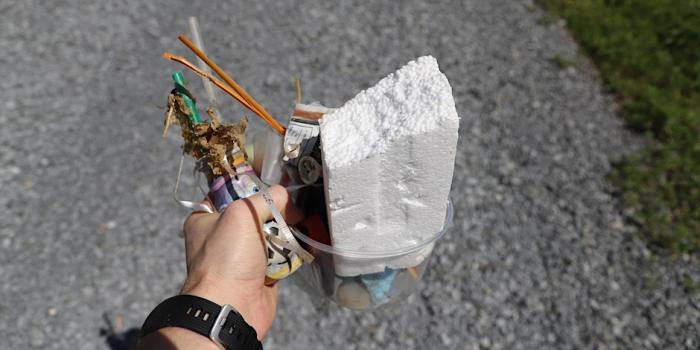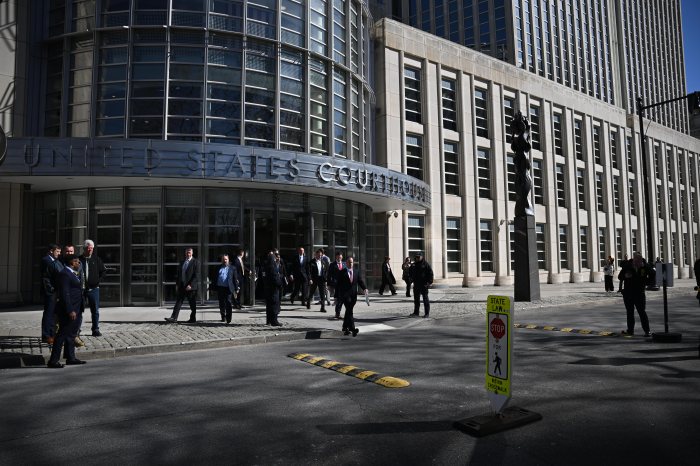America is ripping apart at the seams under the weight of a crisis of corruption. It falls to the media to reveal the facts, for the pen is mightier than the cover-up.
Sound like the current state of our nation? Actually, it happened 45 years ago, when one newsman captained his ship through epic waves of scandal. The helmsman was Benjamin Crowninshield Bradlee, The Washington Post executive editor who authorized breaking the news that broke the president: Richard M. Nixon resigned in 1974.
The New York Times called Ben Bradlee the “last of the lion-king newspaper editors.” Just who was this indefatigable leader? And what possessed this history shaper who dined with presidents and princesses, who was awarded accolades and medals, to buy a crumbling, flea-infested Hamptons mansion?
OPENING THE WATERGATES
The Harvard University alumnus was tough: As a youth, he successfully battled polio, and as a reporter, he dug deep for political dirt. Starting out at the New Hampshire Sunday News, he was hired by the American embassy in Paris. In 1952 he joined its propaganda unit, used by the CIA in Europe. As a Newsweek reporter, then Washington Bureau Chief, he befriended his neighbor, then-U.S. Sen. John F. Kennedy, and covered the 1960 Kennedy/Nixon presidential campaigns. Joining the Post in 1965 as managing editor, Bradlee was promoted to executive editor in 1968.
In 1971, he wrestled with a whopper of an article that would yield Pulitzer Prizes: With publisher Katharine Graham, he ran a piece on the Pentagon Papers, an incriminating Defense Department study of the U.S.-Vietnam conflict. A federal judge had barred The New York Times from running the story but the Supreme Court ruled the government could not restrict newspapers from publishing a story before it ran. In 1972, the Post investigated a burglary attempt to bug the Democratic National Headquarters in the Watergate complex, leading to Nixon’s resignation.
The Times dubbed Bradlee “the Watergate Warrior.” As Martha Sheyrill wrote in The Washington Post, “Nothing pleased Bradlee more than a piece that nailed the corrupt, pricked a narcissist, uncovered a creep, exposed a phony, felled a climber, and really told it like it was.”
ARCHEOLOGICAL ADVENTURES
In 1978, the order-shouting, profanity-loving newsroom hero married journalist Sally Quinn. The power couple entertained an “eclectic mix of media, celebrity and political types,” wrote Washington Life, at their D.C. and Maryland homes.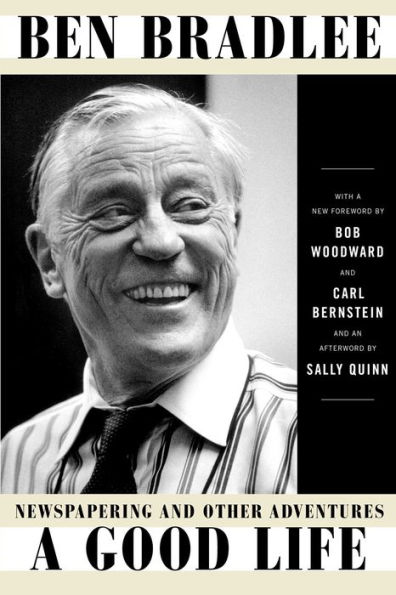
During those investigative reporting glory days, Republicans and Democrats behaved less acrimoniously. “You could differ politically during the day but at night you could sit around the table, break bread, have a few drinks, and there was a camaraderie — and a lot of that happened at Ben and Sally’s table,” wrote Harry Jaffe, senior writer at Washingtonian magazine, in a USA Today article.
Bradlee also supported historical and archeological research. In 1979 he and his wife rescued an 14-room, gray-shingled, 1897 mansion surrounded by East Hampton’s soft dunes and sea mists.
As The New York Times tells it, Bradlee took one look and told Quinn she was out of her mind. He reportedly wrote, “In all my life, including years reporting about slums from Washington to Casablanca, I have never seen a house in such dreadful condition: attics full of raccoons and their droppings, toilets stopped up, a kitchen stove that had fallen into the cellar…”
Ever the clever phrase-turner, he said, “There were 52 dead cats in it, and funeral arrangements had to be made for each one.”
The home had inspired Grey Gardens, a 1975 documentary about mother-daughter hoarder-owners who lived in squalor, surrounded by garbage and wild animals. Sally Quinn told Architectural Digest, “The floor was part dirt. The ceiling was caving in … Still, I thought it was the prettiest house I had ever seen.”
The power duo poured money into restoration. Their “archeological expedition,” as Quinn described it, restored the home’s former glory, and in old Hamptons style they entertained local luminaries — Nora Ephron, Paul McCartney, Steven Spielberg — and hosted philanthropic and arts organizations benefits.
In 2014, five years after being diagnosed with dementia, Bradlee entered hospice care. He had retired as the Post’s executive editor in 1991 but served as vice president at large until dying of natural causes in Washington at age 93 in 2014. Several years before, Quinn interviewed him, asking how he wanted to be remembered.
He replied, “To leave a legacy of honesty, and I guess to live a life as close to the truth as I can.”



